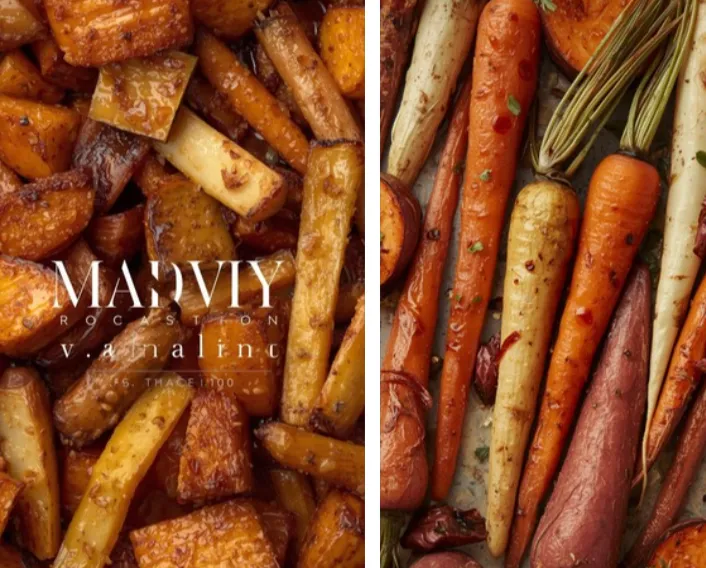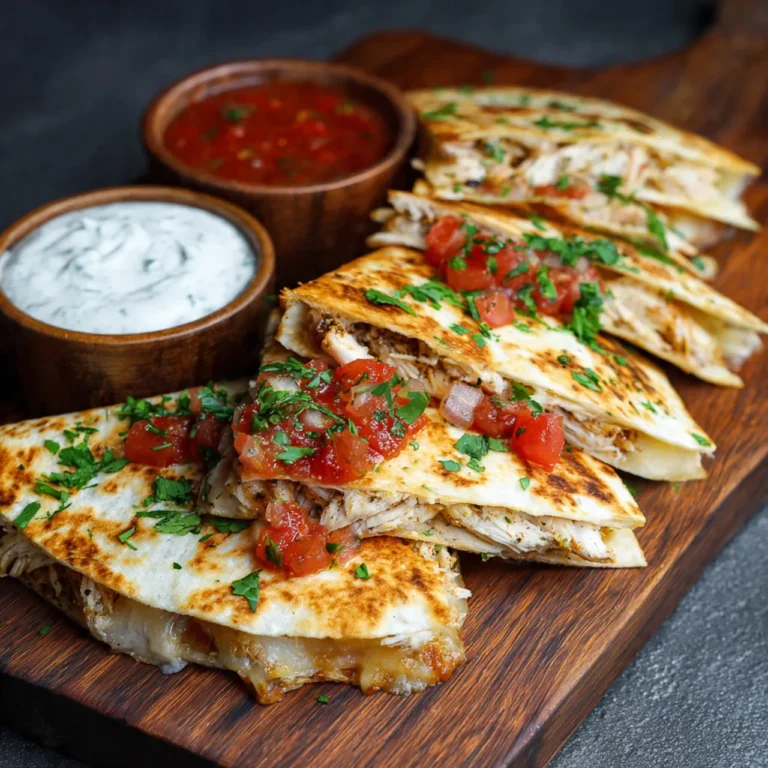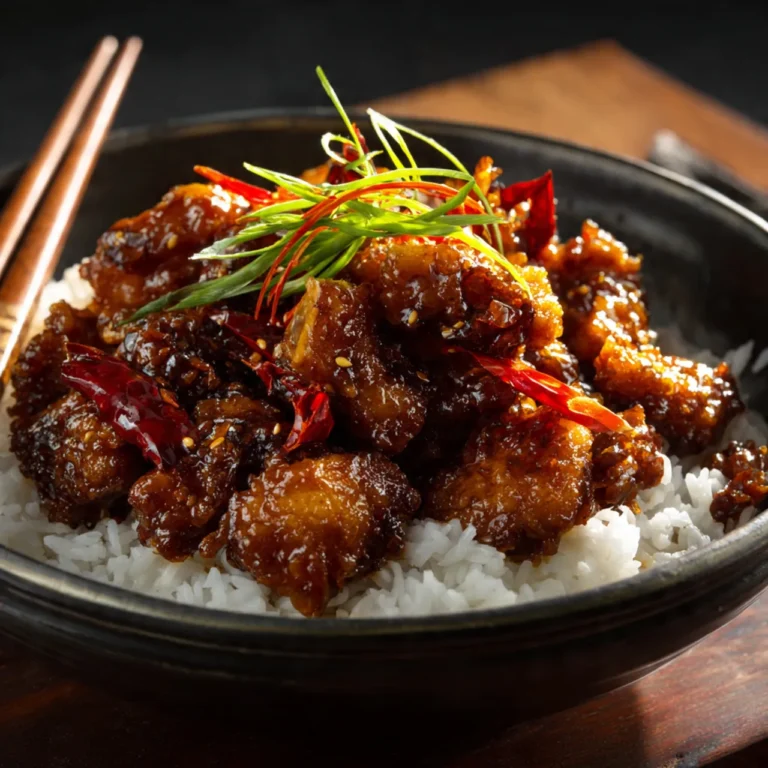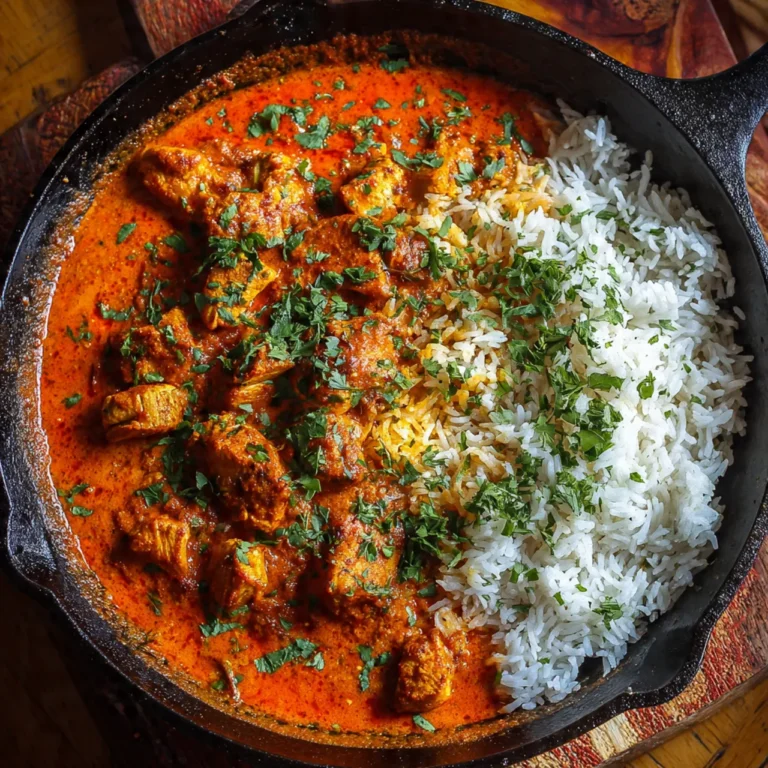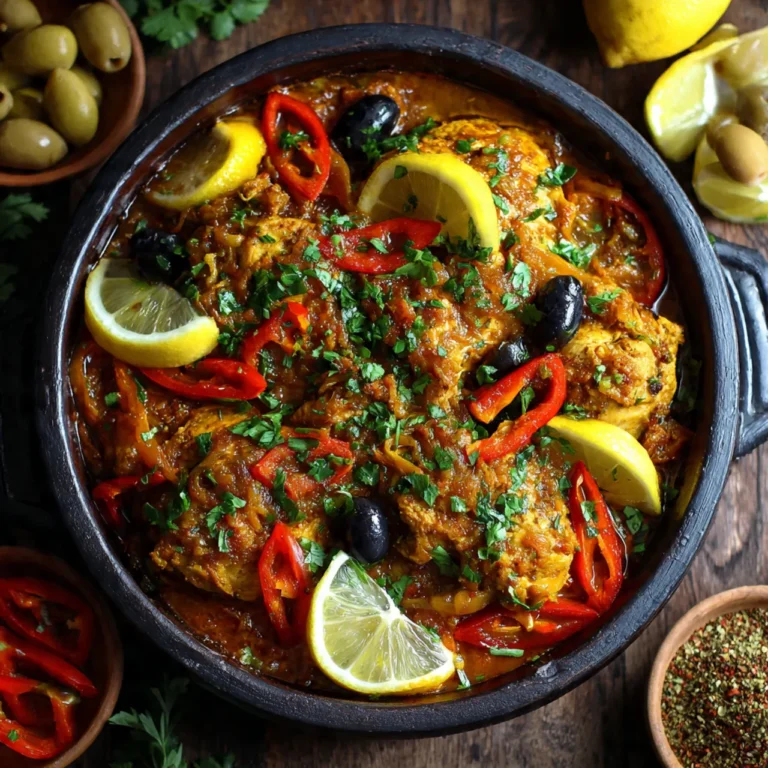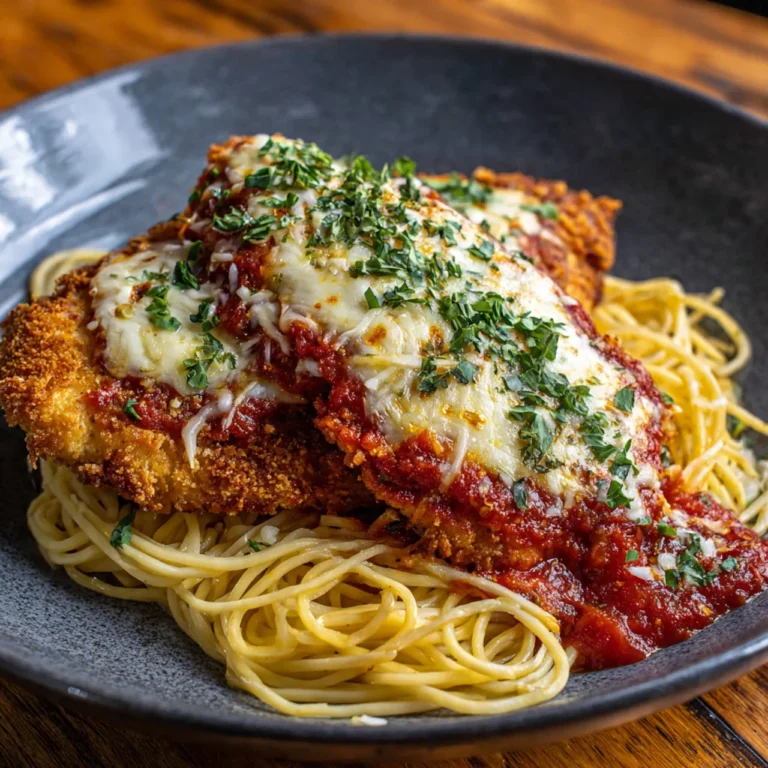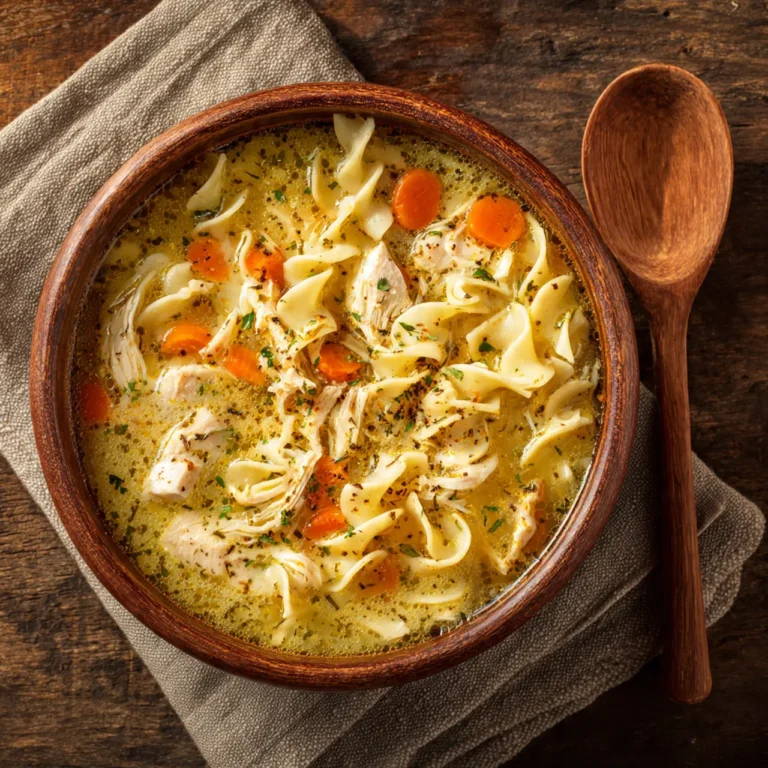Maple Roasted Root Vegetables are a celebration of the earth’s bounty, transforming humble roots into a vibrant, sweet, and savory side dish that’s as beautiful as it is delicious. This dish brings together a medley of carrots, parsnips, sweet potatoes, beets, turnips, and more, all tossed in pure maple syrup and roasted until caramelized and tender. The result is a symphony of flavors and colors that pairs perfectly with everything from roast meats to vegetarian mains. Maple Roasted Root Vegetables are a staple at holiday feasts, cozy family dinners, and festive gatherings, offering a healthy and satisfying way to enjoy seasonal produce. This comprehensive guide explores the history of root vegetables, the science behind perfect roasting, essential ingredients, step-by-step instructions, expert tips, creative variations, serving suggestions, presentation ideas, nutritional insights, and answers to common questions. By the end, you’ll have all the knowledge and inspiration needed to master this classic side and make it your own.
The History and Tradition of Roasted Root Vegetables
Root vegetables have been a dietary staple for thousands of years, valued for their ability to store well through the winter and provide essential nutrients. Ancient civilizations cultivated carrots, parsnips, turnips, and beets, using them in soups, stews, and roasted dishes. The tradition of roasting root vegetables dates back to early European and Middle Eastern cuisines, where open-fire cooking brought out their natural sweetness and earthy flavors. The addition of maple syrup is a North American innovation, inspired by the indigenous practice of tapping maple trees and using the syrup as a natural sweetener. Today, Maple Roasted Root Vegetables are a beloved side dish that bridges old-world tradition and modern culinary creativity.
Why Maple Roasted Root Vegetables?
Maple Roasted Root Vegetables are more than just a side dish; they are a celebration of color, flavor, and nutrition. The combination of earthy roots and sweet maple syrup creates a dish that is both comforting and sophisticated. Roasting concentrates the natural sugars in the vegetables, resulting in caramelized edges and a tender interior. Maple syrup adds a glossy finish and a subtle complexity that elevates the entire dish. This side is easy to prepare, endlessly customizable, and naturally gluten-free and vegetarian. Whether you’re serving it at a holiday feast, a casual dinner, or as part of a meal prep routine, Maple Roasted Root Vegetables are sure to please a wide range of palates.
The Science of Roasting Root Vegetables
The secret to perfect roasted root vegetables lies in the Maillard reaction—a chemical process that occurs when proteins and sugars are exposed to high heat, resulting in browning and complex flavor development. Roasting at a high temperature (400°F/200°C or higher) ensures that the vegetables caramelize rather than steam, producing crispy, golden edges. Cutting the vegetables into uniform pieces ensures even cooking and maximum surface area for browning. Tossing the vegetables in oil and maple syrup helps them roast evenly and develop a glossy, flavorful glaze. The result is a side dish that is both visually stunning and deliciously satisfying.
Selecting the Best Ingredients
- Root Vegetables: Choose a mix of carrots, parsnips, sweet potatoes, beets, turnips, rutabagas, and celery root. The more variety, the more color and flavor.
- Maple Syrup: Use pure maple syrup for the best flavor. Grade A dark or amber syrup provides the richest taste.
- Olive Oil: Extra-virgin olive oil helps the vegetables roast evenly and adds a subtle richness.
- Salt and Pepper: Essential for seasoning and enhancing the natural flavors.
- Herbs: Fresh thyme, rosemary, sage, or parsley add aroma and freshness.
- Optional Add-ins: Garlic, shallots, red onion, balsamic vinegar, citrus zest, nuts, or dried fruit for creative twists.
Step-by-Step Recipe: Classic Maple Roasted Root Vegetables
Ingredients
- 2 pounds mixed root vegetables (carrots, parsnips, sweet potatoes, beets, turnips, rutabaga, celery root), peeled and cut into 1-inch cubes or sticks
- 1/4 cup pure maple syrup
- 3 tablespoons extra-virgin olive oil
- 1 1/2 teaspoons kosher salt
- 1/2 teaspoon freshly ground black pepper
- 2 teaspoons chopped fresh thyme or rosemary (or 1 teaspoon dried)
- Optional: 4 cloves garlic, smashed; 1 red onion, cut into wedges; 1 tablespoon balsamic vinegar; 1 tablespoon orange zest; 1/4 cup toasted pecans or walnuts; 1/4 cup dried cranberries or cherries
Instructions
- Prepare the Vegetables: Preheat your oven to 425°F (220°C). Peel and cut the root vegetables into uniform 1-inch pieces for even roasting. If using beets, keep them separate until after roasting to prevent staining the other vegetables.
- Toss with Maple Syrup and Oil: In a large mixing bowl, combine the vegetables, olive oil, maple syrup, salt, pepper, and herbs. Toss until everything is evenly coated. Add garlic or onion if using.
- Arrange on Baking Sheet: Spread the vegetables in a single layer on a large rimmed baking sheet. Use two sheets if needed to avoid overcrowding, which can cause steaming instead of roasting.
- Roast: Roast in the preheated oven for 25-35 minutes, stirring once or twice, until the vegetables are tender and caramelized on the edges. If using beets, roast them on a separate sheet and combine after cooking.
- Finish and Serve: If desired, drizzle with balsamic vinegar or sprinkle with orange zest, nuts, or dried fruit. Toss gently and transfer to a serving platter. Serve hot as a side dish.
Variations and Creative Adaptations
Maple Balsamic Roasted Root Vegetables
Add 1-2 tablespoons balsamic vinegar during the last 5 minutes of roasting for a tangy, sweet finish.
Spiced Maple Roasted Root Vegetables
Toss the vegetables with 1/2 teaspoon ground cinnamon, cumin, or smoked paprika for a warm, aromatic twist.
Citrus Maple Roasted Root Vegetables
Add 1 tablespoon orange or lemon zest and a squeeze of juice before serving for a bright, fresh flavor.
Maple Roasted Root Vegetables with Nuts
Sprinkle 1/4 cup toasted pecans, walnuts, or hazelnuts over the vegetables after roasting for crunch and richness.
Maple Roasted Root Vegetables with Dried Fruit
Stir in 1/4 cup dried cranberries, cherries, or apricots after roasting for a sweet-tart contrast.
Maple Roasted Rainbow Root Vegetables
Use a mix of purple, yellow, and orange carrots, golden and red beets, and other colorful roots for a stunning presentation.
Vegan Maple Roasted Root Vegetables
This recipe is naturally vegan. For extra richness, add a drizzle of tahini or vegan butter before serving.
Maple Roasted Root Vegetables with Goat Cheese
Crumble goat cheese or feta over the warm vegetables for a creamy, tangy finish.
Maple Roasted Root Vegetables with Mustard
Whisk 1 tablespoon Dijon or whole-grain mustard into the maple syrup and oil before tossing for a savory kick.
Tips for the Perfect Maple Roasted Root Vegetables
- Cut vegetables into uniform pieces for even cooking.
- Don’t overcrowd the baking sheet; use two sheets if needed.
- Roast at a high temperature (425°F/220°C) for maximum caramelization.
- Stir once or twice during roasting for even browning.
- Add maple syrup at the beginning for caramelization, and a drizzle at the end for extra gloss.
- Taste and adjust seasoning before serving.
- Add fresh herbs or citrus zest at the end for maximum aroma.
Serving Suggestions
Maple Roasted Root Vegetables are the perfect companion to roast chicken, turkey, beef, pork, or lamb. They also pair beautifully with vegetarian mains like lentil loaf, mushroom Wellington, or stuffed squash. Serve them alongside classic sides like mashed potatoes, green beans, or stuffing for a complete holiday spread. For a buffet or potluck, keep the vegetables warm in a slow cooker or covered dish.
Presentation Ideas
Serve roasted root vegetables in a white ceramic bowl or on a platter to highlight their vibrant colors. Garnish with fresh herbs, citrus zest, or a sprinkle of toasted nuts for extra elegance. For individual servings, use small ramekins or mini cocottes. For a festive touch, arrange the vegetables in color blocks or concentric circles.
The Science Behind Maple Roasted Root Vegetables
The Maillard reaction and caramelization are responsible for the deep flavor and golden color of roasted root vegetables. High heat causes the natural sugars and amino acids in the vegetables to react, creating complex flavors and crispy edges. Maple syrup adds additional sugars that caramelize, forming a glossy, flavorful glaze. Olive oil helps conduct heat and promotes even browning. The combination of sweet, earthy, and savory notes makes this dish irresistible.
Health Considerations
Root vegetables are nutrient-dense, rich in fiber, vitamins A and C, potassium, and antioxidants. Maple syrup adds natural sweetness but should be used in moderation. For a lighter version, reduce the oil or use a plant-based alternative. The dish is naturally gluten-free and can be adapted for vegan diets. For added nutrition, leave some of the skins on or mix in other vegetables like Brussels sprouts or cauliflower.
Frequently Asked Questions
Can I make maple roasted root vegetables ahead of time?
Yes, roast the vegetables up to a day in advance. Reheat in a hot oven to restore crispiness.
Can I use frozen root vegetables?
Fresh vegetables yield the best texture, but thawed and well-drained frozen vegetables can be used in a pinch.
How do I keep roasted vegetables crispy?
Serve immediately after roasting. If holding, keep them in a warm oven (200°F/95°C) on a wire rack.
Can I use other vegetables?
Yes, add Brussels sprouts, cauliflower, or squash for variety.
How do I prevent sticking?
Line the baking sheet with parchment paper or a silicone mat, and toss vegetables well with oil.
Hosting with Maple Roasted Root Vegetables
This dish is a crowd-pleaser and can be doubled or tripled for large gatherings. Prepare in advance and roast just before serving for stress-free entertaining. Offer a roasted vegetable bar with different glazes and toppings for a fun, interactive meal.
Creative Twists
- Add caramelized onions or roasted garlic for depth.
- Mix in sautéed mushrooms or spinach for extra flavor.
- Top with breadcrumbs or crushed crackers for crunch.
- Swirl in pesto or harissa for a global flair.
- Use smoked salt or chipotle powder for a smoky finish.
Maple Roasted Root Vegetables Recipe (Summary)
Ingredients:
2 lbs root vegetables, 1/4 cup maple syrup, 3 tbsp olive oil, 1.5 tsp salt, 1/2 tsp pepper, herbs, optional add-ins.
Instructions:
Peel and cut vegetables. Toss with oil, maple syrup, salt, pepper, herbs. Spread on sheet, roast at 425°F for 25-35 min, stir once or twice. Finish with optional toppings.
Final Thoughts
Maple Roasted Root Vegetables are a timeless dish that brings warmth, color, and sweetness to any table. With their simple ingredients and endless adaptability, they invite creativity and personal touches. Whether you stick to the classic or explore new variations, roasted root vegetables are sure to become a cherished part of your holiday celebrations and family meals. Experiment with different herbs, spices, and add-ins to make them your own. With the tips, recipe, and ideas shared in this post, creating the perfect Maple Roasted Root Vegetables is within reach for cooks of all skill levels. Celebrate the season and the joy of gathering with this beloved side dish.
Additional Tips for Success
- Always taste and adjust seasoning before serving.
- For extra shine, finish with a drizzle of maple syrup just before serving.
- Let vegetables rest a few minutes before serving for best texture.
- Store leftovers in an airtight container and reheat gently.
Nutritional Information (Approximate per serving)
- Calories: 120-180
- Protein: 2-3g
- Fat: 4-7g
- Carbohydrates: 20-28g
- Fiber: 4-6g
- Sodium: 180-320mg
Conclusion
Maple Roasted Root Vegetables are a versatile, crowd-pleasing side that brings together the best of comfort and flavor in a sweet, caramelized, and satisfying format. With their simple preparation, stunning presentation, and endless possibilities for customization, they are a must-have for any holiday feast or family meal. Try different variations, experiment with flavors, and make this classic side your own.
